Nikon 50mm f/1.4 NIKKOR Ai-S Manual Focus Lens
$300.00
NIKKOR AI-s (1981-today)
Nikon NIKKOR 50mm f/1.4 AI-s (FX, DX and 35mm coverage, metal 52mm filter thread, 8.8 oz./249g, 1.5’/0.45 m close focus, about $150 and up used or $470 new).
Description
7 straight blades.
Stops down to f/16.
Aperture Ring top
Yes.
Metal.
Full-stop clicks.
Close Focus top
1.5 feet.
0.45 meters.
Maximum Reproduction Ratio top
1:6.8.
Angle of View top
46° diagonal on FX and 35mm.
31.5° diagonal on small-format DX.
Focal Length top
50mm.
On a small-format DX camera, this lens makes pictures that see an angle-of-view similar to what a 75mm lens would see on a full-frame camera.
Hard Infinity Focus Stop? top
Yes.
This is great for astronomy; just turn to the stop and you have fixed laboratory-perfect focus all night.
Focus Scale top
Yes.
Depth-of-Field Scale top
Yes, colored lines corresponding to the colored f/stops on the aperture ring.
Infra-Red Focus Index top
Yes: red dot in depth-of-field scale.
Filter Thread top
52mm, metal.
Does not rotate.
Size top
Nikon specifies 1.57″ (40mm) extension from flange (1.99″ or 50.5mm overall) by 2.48″ (63mm) diameter.
Weight top
8.780 oz. (248.9 g), measured.
Nikon specifies 8.8 oz. (250g).
Hood top
HR-1 rubber.
HS-9 snap-in metal.
HN-7.
Quality top
Made in Japan.
Teleconverters top
TC-200/201 and TC-14A.
Price, USA
About $150 used or $470 new, April 2013.
Performance top
Intro Specs Performance Compared Usage Recommendations More
Overall
It’s softer from spherical aberration wide-open, and built like a tank for a lifetime of great pictures.
Sharpness
f/1.4: Spherical aberration lowers contrast. A lot of coma in the corners making them quite soft. Falloff.
f/2: Much better. Falloff much less.
f/2.8: Quite good, falloff and coma gone. Sharp all over.
Distortion
It has the typical mild to moderate barrel distortion of all of Nikon’s 50mm f/1.4 manual-focus lenses.
Plug these figures into Photoshop’s lens distortion filter to correct the distortion. These aren’t facts or specifications, they are the results of my research that requires a lot of data collection and computation.
FX and Film
DX
at infinity
+1.4
+0.5
Vendor Information
- Store Name: Cueindex Products
- Vendor: Cueindex Products
-
Address:
7204 West Minor Court
orange park, FL 32065 - No ratings found yet!
-
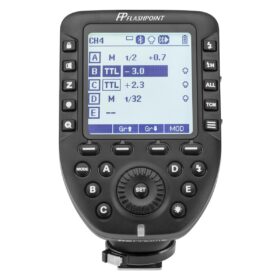
Godox XProF TTL Wireless Flash Trigger for Canon Cameras
$69.00 Add to cart -
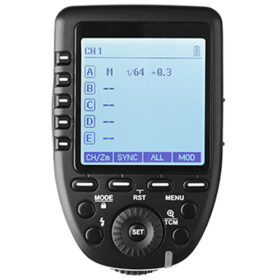
Godox XProC TTL Wireless Flash Trigger for Canon Cameras
$69.00 Add to cart -
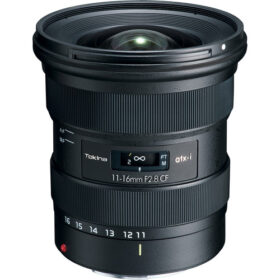
Tokina atx-i 11-16mm f/2.8 CF Lens for Canon EF
$449.00 Add to cart -
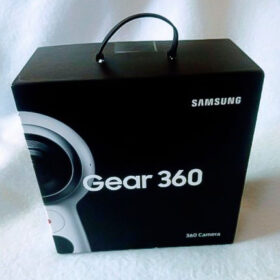
Samsung Gear 360 SM-R210 (2017 Edition) Spherical Cam 360 degree 4K Camera
$250.00 Add to cart -
Sale!
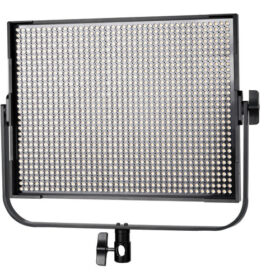
Viltrox VL-D85T Adjustable 85W Bi-color Temperature and Brightness Monster LED Light
$239.20 Add to cart -
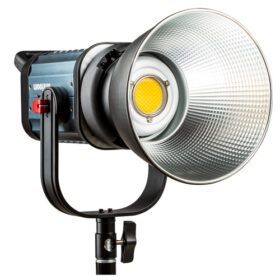
Weeylite Ninja 400 COB LED Light
$399.00 Add to cart
Product most be a completed order, etc. No refunds on digital products.
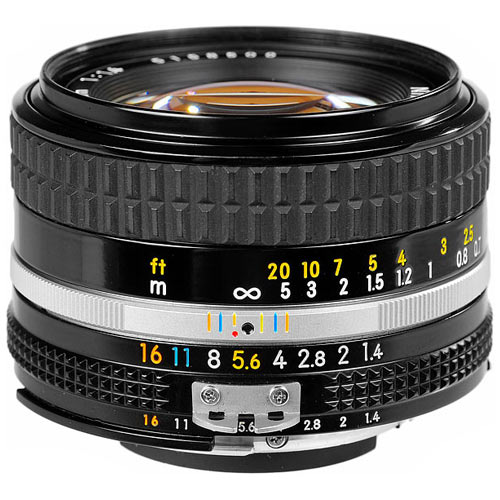

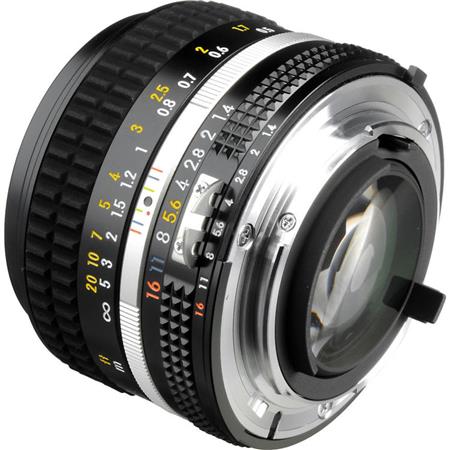
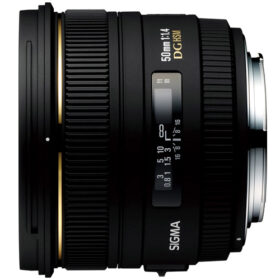



Reviews
There are no reviews yet.